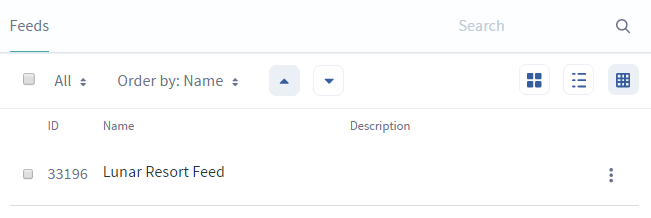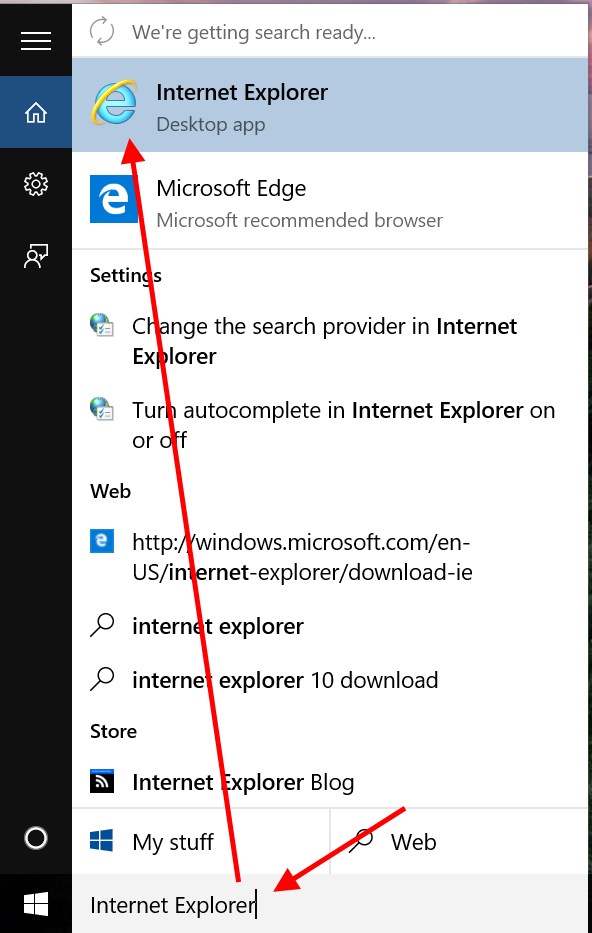

- FEEDS AND WEB SLICES INSTALL
- FEEDS AND WEB SLICES SOFTWARE
- FEEDS AND WEB SLICES PC
- FEEDS AND WEB SLICES WINDOWS 7
If a website or add-on causes a tab to crash in Internet Explorer 8, only that tab is affected. The inline autocomplete feature has been dropped from Internet Explorer 8, leading to criticism by beta users. Other features of the address bar include support for pasting multi-line URLs and an improved model for inserting the selection caret, and selecting words, or entire URLs in the Address bar. Domain highlighting cannot be turned off by users or web sites. The address bar features domain highlighting for added security so that the top-level domain is shown in black whereas the other parts of the URL are grayed out. Similarities have been drawn between Accelerators and the controversial Smart tags feature experimented with in the IE 6 Beta but withdrawn after criticism (though later included in MS Office). How the service will be invoked and for what categories of content it will show up are specified in the XML file. IE8 specifies an XML-based encoding which allows a web application or web service to be invoked as an Accelerator service. According to Microsoft, Accelerators eliminate the need to copy and paste content between web pages. Actions such as selecting the text or other objects will give users access to the usable Accelerator services (such as blogging with the selected text, or viewing a map of a selected geographical location), which can then be invoked with the selected object. Release history Internet Explorer 8 release historyĪ map Accelerator using the IE8 Accelerators Smart tagĪccelerators are a form of selection-based search which allow a user to invoke an online service from any other page using only the mouse. Support for additional languages can come pre-installed based on the OS, or downloaded and installed via Multilingual User Interface (MUI) packages. This grew up to 63 for Vista 32-bit in June 2009. Language support (localization) was not complete on release. A version optimized for Bing and MSN was also available. IE 8 reached general availability on March 19, 2009.
FEEDS AND WEB SLICES INSTALL
On January 5, 2009, a tool was provided by Microsoft to block the automatic install of Internet Explorer 8 via Windows Update. By August 2008, the new feature called InPrivate had taken the spotlight. Two name changes included Activities to Accelerators, and the IE7 Phishing filter renamed Safety Filter in the first Beta to SmartScreen, both accompanied by incremental technical changes as well.
FEEDS AND WEB SLICES PC
PC World noted various Beta 2 features such as InPrivate mode, tab isolation and color-coding, and improved standards and compatibility compared to Internet Explorer 7. On August 27, 2008, Microsoft made IE8 Beta 2 generally available. The readiness toolkit was promoted as something "developers can exploit to make Internet Explorer 8 'light up'." Major press focused on a controversy about Version Targeting, and two new features then called WebSlice and Activities. Microsoft Developer Network (MSDN) added new sections detailing new IE8 technology.
FEEDS AND WEB SLICES SOFTWARE
The release launched with a Windows Internet Explorer 8 Readiness Toolkit website promoting IE8 white papers, related software tools, and new features in addition to download links to the Beta.

In February 2008, Microsoft sent out private invitations for IE8 Beta 1, and on March 5, 2008, released Beta 1 to the general public, although with a focus on web developers.

IE8 development started in or before March 2006. According to Microsoft, security, ease of use, and improvements in RSS, CSS, and Ajax support were its priorities for IE8. Additionally, it introduced a Compatibility View mode to optionally emulate older versions' rendering behaviour, and colour-coded tab groups where links opened in new tabs share the colour of which they originated from. Internet Explorer 8 is the first version of IE to pass the Acid2 test, and the last of the major browsers to do so (In the later Acid3 Test, it only scores 24/100).
FEEDS AND WEB SLICES WINDOWS 7
It was the default browser in Windows 7 and Windows Server 2008 R2. It was released by Microsoft on March 19, 2009, as the successor to Internet Explorer 7. Windows Internet Explorer 8 ( IE8) is the eighth and, by now, discontinued version of the Internet Explorer web browser for Windows.


 0 kommentar(er)
0 kommentar(er)
